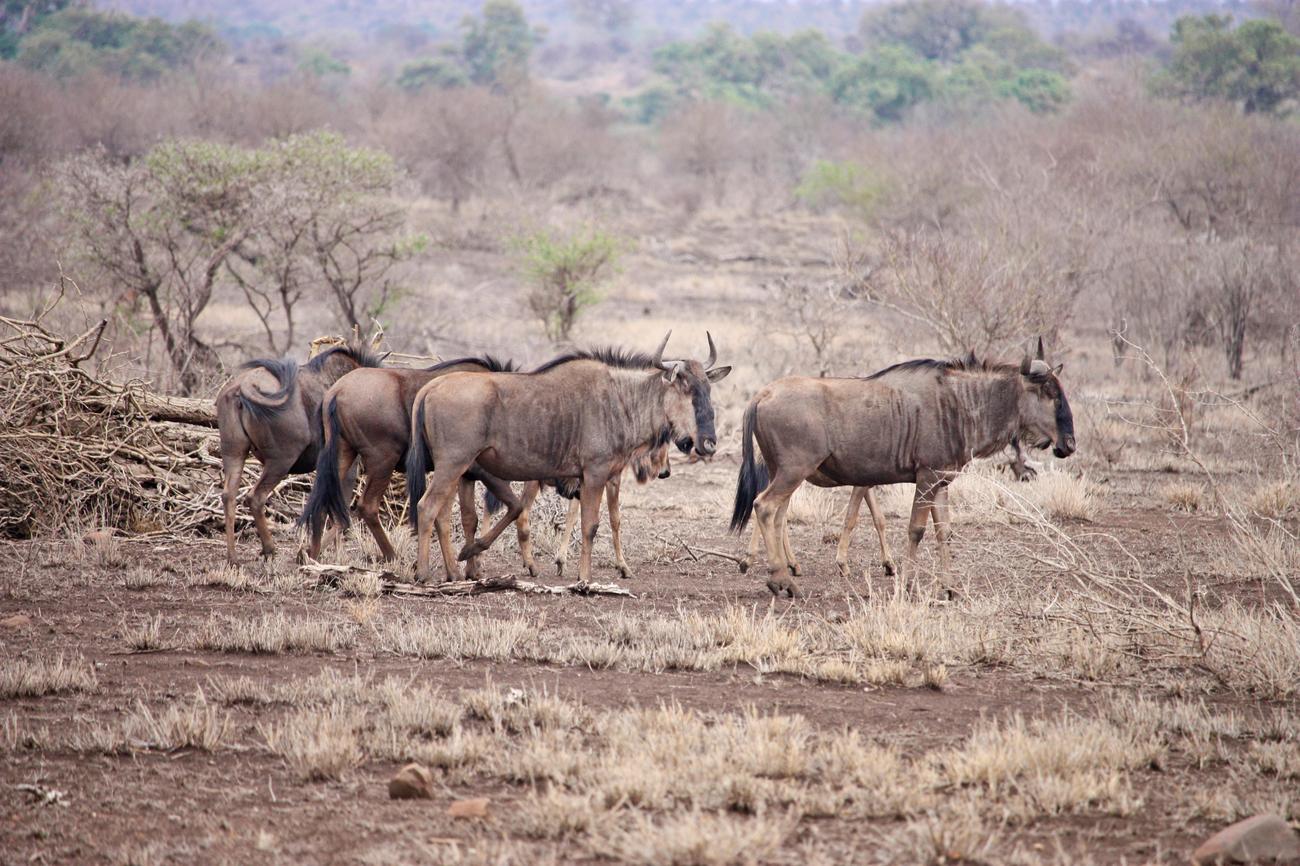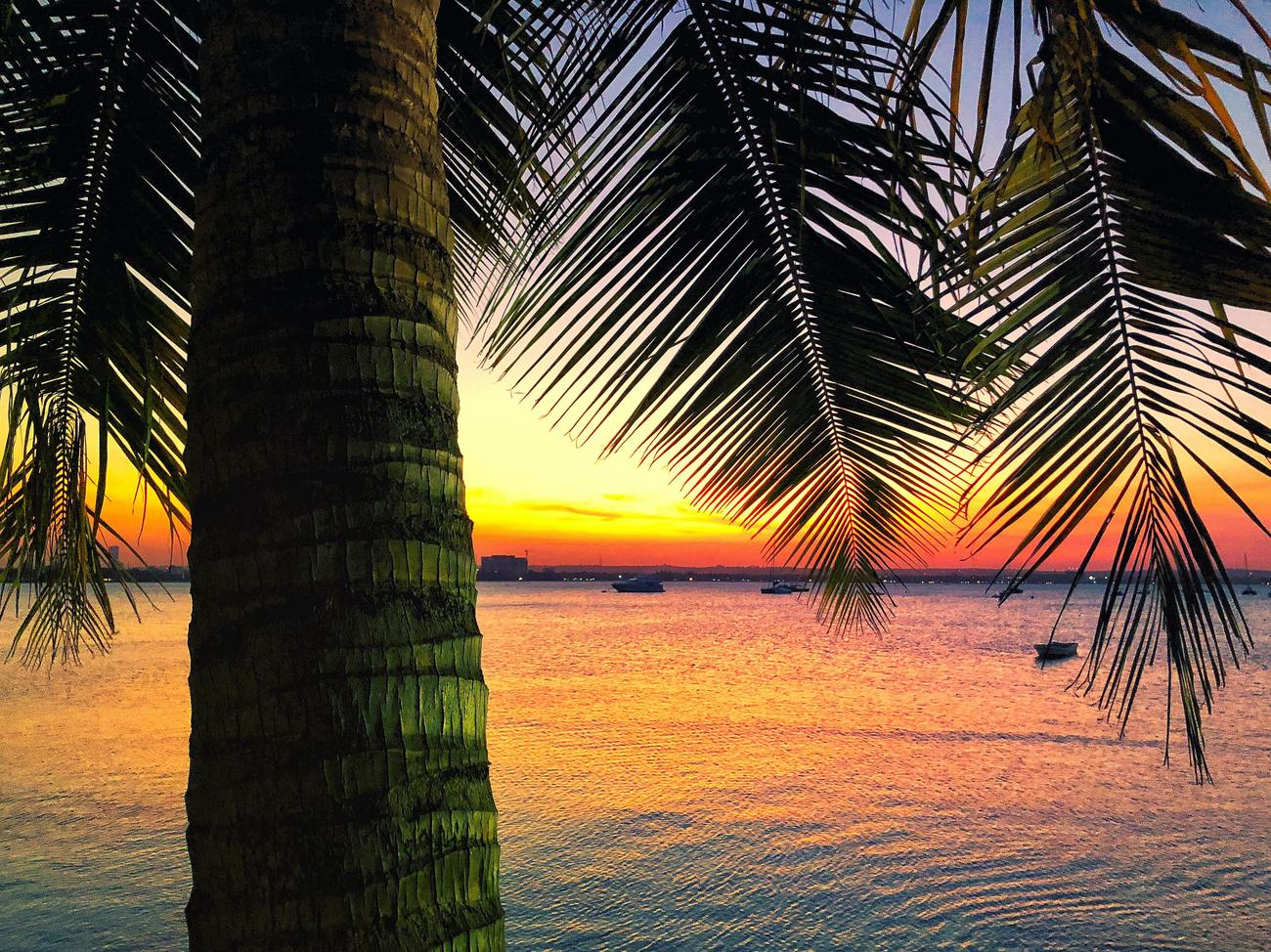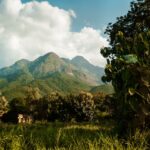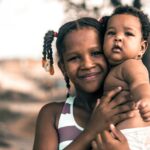Welcome to “The Languages Spoken in Tanzania: Exploring the Linguistic Tapestry,” an article that delves into the vibrant array of languages spoken in this East African nation. Tanzania is home to a fascinating linguistic landscape, with Swahili being the prominent language. As we journey through this rich tapestry of languages, we will gain insights into the cultural significance and unique characteristics of each dialect that contributes to the linguistic diversity of Tanzania. Join us as we unravel the fascinating world of language in Tanzania, offering a deeper understanding of the communication intricacies that shape this diverse nation.

What Language is Spoken in Tanzania
Tanzania, a vibrant East African nation, boasts a rich linguistic tapestry with Swahili as its official language and the linguistic glue that unifies the diverse ethnic groups. So, if you’re wondering what language is spoken in Tanzania, look no further! Let’s delve into this linguistic wonderland and explore the myriad languages that paint the cultural landscape of Tanzania.
Swahili: The Heartbeat of Tanzania
Swahili, often referred to as Kiswahili, stands proudly as the national language of Tanzania. Spoken by more than 80% of the population, Swahili is more than just a language; it is an intrinsic part of Tanzanian identity. From politics to business, education to legal affairs, technology to entertainment, Swahili permeates every aspect of Tanzanian life. As the primary language of communication, Swahili creates a sense of unity, transcending ethnic differences and fostering national cohesion. No wonder it’s a language you definitely want to explore when visiting Tanzania.
English: A Widely Spoken Language
While Swahili reigns supreme, English is the second official language in Tanzania. Widely spoken, especially in urban areas, English bridges the gap between different populations and facilitates communication with the outside world. English holds immense importance in sectors such as higher education, technology, and higher courts. Despite its widespread usage, Swahili still holds its ground as the language that truly represents the heart and soul of Tanzania.
Local Dialects: Diversity and Cultural Wealth
Beyond Swahili and English, Tanzania is home to a tapestry of local dialects. With over 120 ethnic groups, each community cherishes their mother tongue, which is often spoken within their own close-knit communities. These local dialects showcase the cultural wealth and diversity present in Tanzania. Imagine the kaleidoscope of languages resonating through the country, each one revealing a unique cultural perspective and history.
Language in Education
Education plays a crucial role in language usage in Tanzania. To promote cultural preservation and social integration, Swahili is the language of instruction in primary and adult education, and it is used extensively in the social and political sphere. Conversely, English is primarily used in secondary education, universities, and specialized fields like technology. It’s worth noting that the Tanzanian schools’ system underwent an overhaul in 2015, and plans were made to discontinue the use of English in education. However, English remains essential in various sectors and continues to be a valuable asset for Tanzanians.
Sign Languages in Tanzania
Tanzania also embraces several sign languages used by the deaf community. These languages allow deaf individuals to communicate effectively and participate fully in society. Just like spoken languages, sign languages reflect the diverse culture and identity of the Tanzanian people.
In summary, the languages spoken in Tanzania are as diverse and vibrant as the nation itself. Swahili serves as the heartbeat, connecting communities and embodying Tanzanian identity. English, as the second official language, bridges the gap between Tanzania and the world. And of course, we cannot overlook the multitude of local dialects that contribute to the cultural tapestry. So next time you find yourself in Tanzania, immerse yourself in the linguistic wonders of this East African nation, and witness how language breathes life into the soul of Tanzania.
“The linguistic tapestry of Tanzania weaves together the identity, diversity, and unity of this vibrant nation, where Swahili is the heart and soul, English serves as the bridge, and the local dialects paint a rich cultural landscape.”
Tanzania is a country filled with astonishing wonders just waiting to be explored. From its breathtaking landscapes to its vibrant culture, there are so many fascinating facts about Tanzania that will leave you in awe. Did you know that Tanzania is home to the highest mountain in Africa, Mount Kilimanjaro? This majestic peak attracts adventure enthusiasts from around the world, offering a thrilling climb like no other. If you want to uncover more intriguing facts about Tanzania, click here to read our curated list of 10 facts about Tanzania. Trust us, you won’t be disappointed.
10 Most Spoken Languages in Africa in 2023
[youtube v=”BdS5dgZ_pPo”]
Introduction
Africa is a continent with a rich cultural tapestry, boasting a staggering diversity of languages. With over 2,000 languages spoken by more than 3,000 tribes across 55 countries, Africa is a linguistic treasure trove. While all languages are important and beautiful in their own right, some stand out for their widespread popularity. In this article, we will explore the ten most spoken languages in Africa.
Berber: A Language Rooted in History and Culture
Berber is the tenth most widely spoken language in Africa, encompassing a group of 26 closely related languages within the Afro-Asiatic language family. It is predominantly spoken by 14 to 25 million people across northern Africa, including regions such as the Sahara Desert and the Sahel, as well as countries like Morocco, Algeria, and Libya. Despite external influences over the years, Berber has managed to retain its significance and continue thriving within its various dialects. As one of the indigenous languages of Africa, Berber serves as a testament to the rich cultural heritage of the continent.
Oromo: A Language of the Horn of Africa
Oromo is a widely spoken Cushitic language, primarily used in the Horn of Africa and surrounding nations, including Ethiopia, Kenya, and Somalia. With a population of over 24 million speakers, it holds the distinction of being the most widely spoken native language in Ethiopia. The Oromo people, who make up around 40% of Ethiopia’s entire population, consider Oromo as an integral part of their identity. Beyond Ethiopia, Oromo is also spoken in other countries, reflecting the language’s influence and significance in the region.
Amharic: A Language of Ethiopia and Beyond
Amharic, the official language of Ethiopia, ranks as the seventh most widely spoken language in Africa. With over 25 million native speakers within the country, and an additional 3 million speakers outside Ethiopia, Amharic holds a prominent place within the Semitic language family. What makes Amharic unique is its use of its own alphabet, distinct from the widely adopted Arabic or Latin letters by other African languages. This linguistic distinctiveness is mirrored in the way Amharic is intertwined with the Rastafarian movement, further emphasizing its cultural significance.
Igbo: A Language Rooted in Nigerian Culture
Igbo is the native language of the Igbo people, one of the largest ethnic groups in Africa. Although it is officially recognized as a regional language in Equatorial Guinea, its influence extends beyond national boundaries to include Cameroon. With an estimated 27 million speakers, Igbo stands as a testament to the linguistic diversity within Nigeria and the wider African continent. The beauty of Igbo lies in its diverse array of dialects, with central Igbo being the most prevalent. This linguistic diversity is a reflection of the richness found within African culture as a whole.
Yoruba: A Language of Nigeria and Beyond
Yoruba is one of the principal languages of Nigeria and also holds significance in other West African countries such as Ghana, Togo, Ivory Coast, Liberia, and Sierra Leone. With approximately 39 million speakers, Yoruba is known for its tonal qualities, making it distinctive and captivating to both native speakers and those interested in learning the language. Written using the Pan-Nigerian alphabet, a variation of the Latin alphabet, Yoruba serves as a testament to the linguistic diversity found within the region.
Hausa: A Language Bridging West Africa
Hausa, classified as a member of the Chadic branch within the Afroasiatic language family, holds the distinction of being the fifth largest language in Africa. With more than 63 million speakers, Hausa serves as a second language in Nigeria and several other West African countries. It finds its roots in Kano, Nigeria, where the majority of Hausa speakers reside. Hausa’s wide usage in business and education, both within Nigeria and in other parts of West Africa, has contributed to its recognition and teaching in international universities.
Swahili: A Language of Cultural Fusion
Swahili, also known as Kiswahili, holds the position of the fourth most popularly spoken language in Africa. Originally a Bantu language, Swahili is primarily spoken as a first language by the Swahili people of East Africa. With over 100 million speakers in Africa, Swahili serves as the national language in Tanzania, Kenya, and the Democratic Republic of Congo. The language’s origins along the coastal lines of Kenya and Tanzania have led to its vocabulary being influenced by Arabic, German, Portuguese, English, Hindustani, and French, highlighting the cultural fusion that defines Swahili.
French: A Linguistic Inheritance
French, a European language that found its way to Africa through colonization, holds the third position among the most widely spoken languages on the continent. Spoken as a first or second language by approximately 115 million Africans, French has become deeply intertwined with the daily lives of many Africans. While coexisting alongside indigenous languages, French has emerged as the first language in certain regions and countries, including Ivory Coast, Gabon, and Cameroon. Its widespread usage across Africa is a testament to the continent’s shared history and ongoing cultural exchange.
English: A Global Lingua Franca
English, originating from England in the United Kingdom, stands as the second most widely spoken language in Africa. While approximately 6.5 million Africans claim English as their native language, the number of English speakers increases dramatically when considering those who learn it as a second language, reaching approximately 130 million. The spread of English in Africa can be traced back to the era of British colonization, which led to its adoption as the official language for government, business, and education in several African countries. English’s lasting impact in Africa testifies to the continent’s global connections.
Arabic: A Widely Spoken Language with Regional Concentration
Arabic takes the top spot as the most widely spoken language in Africa. However, its concentration is primarily found in North Africa and certain parts of sub-Saharan Africa. With an estimated 150 million people speaking Arabic as their first language in Africa, it is considered the language with the highest number of speakers on the continent. Arabic encompasses various dialects, including Modern Standard Arabic, which is used in formal contexts, and colloquial dialects, which vary across different regions. Its official status in several African nations, alongside its extensive literature, solidifies Arabic’s position as a significant language in Africa.
Conclusion
The linguistic landscape of Africa is nothing short of awe-inspiring. With a myriad of languages spoken across the continent, Africa showcases its rich cultural tapestry and diversity. From Berber to Arabic, each language plays a crucial role in shaping the identities and narratives of African communities. As we celebrate Africa’s linguistic heritage, it is important to acknowledge and appreciate the countless unique voices that make up this vibrant continent.
“The linguistic diversity of Africa is a tapestry woven from the voices of countless communities, each with its own language and cultural expression. By understanding and valuing these languages, we unlock a deeper understanding of Africa’s heritage and the beauty found within its many tongues.”

FAQ
Question 1:
What is the official language of Tanzania?
Answer 1:
The official language of Tanzania is Swahili, which is also the national language.
Question 2:
What is the second official language in Tanzania?
Answer 2:
The second official language in Tanzania is English. It is widely spoken in the country, especially in urban areas.
Question 3:
How many local dialects are spoken in Tanzania?
Answer 3:
Tanzania is a multilingual country with hundreds of local dialects spoken.
Question 4:
Which language is primarily spoken in Tanzania?
Answer 4:
As of 2021, the main primary language spoken in Tanzania is Swahili.
Question 5:
What languages are used in different aspects of life in Tanzania?
Answer 5:
Swahili serves as an identity to those native to Tanzania and is used in various aspects of life such as politics, businesses, education, legal affairs, technology, and entertainment. English is also widely used in the country, especially in secondary education, universities, technology, and higher courts.
- China II Review: Delicious Food & Speedy Service - April 17, 2025
- Understand Virginia’s Flag: History & Debate - April 17, 2025
- Explore Long Island’s Map: Unique Regions & Insights - April 17, 2025
















